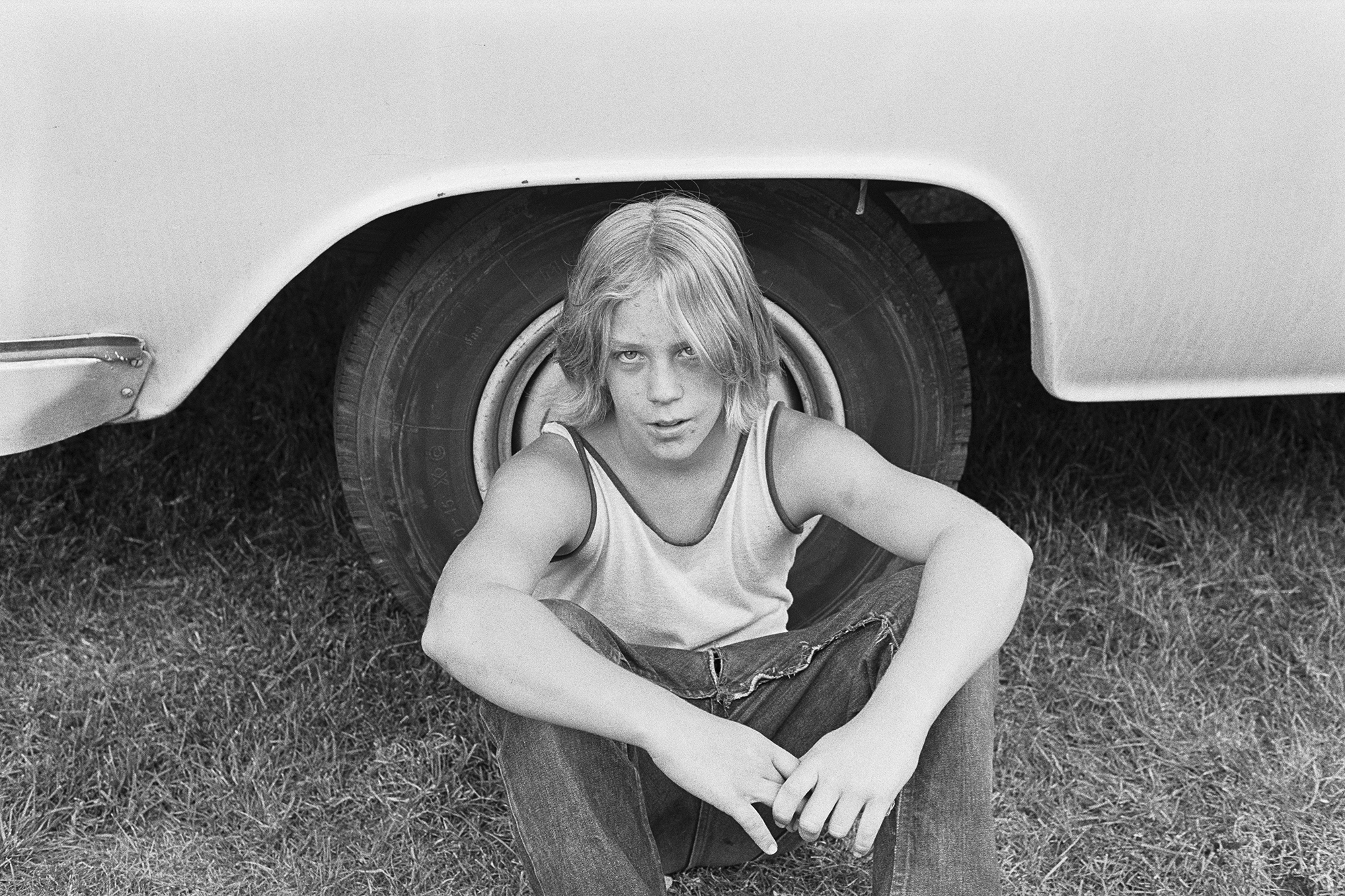In her late teens and early twenties, the social documentary photographer Mimi Plumb returned to the landscape of her childhood to make a series about the Californian suburbs she grew up in. The result is her second photobook, The White Sky, a dreamlike vision of American suburbia that sometimes dips into the nightmarish. From 1972 to 1979, Mimi photographed the suburb of Walnut Creek, just outside San Francisco, as well as those from Marin and Sonoma County. She captured bored teens, rows of model homes, and the wild Californian landscape, which was never far away with its cracked desert surface and scruffy sunburnt trees.
Mimi calls The White Sky a memoir. Like her first book, Landfall, it draws upon her extensive archive, which lay dormant while Mimi worked as a photography teacher at the San Francisco Art Institute and San Jose State University. Her important pictures are just beginning to see the light of day.

Mimi left home at 17 and was not sad to go, painting a stifling picture of coming-of-age in the suburbs of California. “At 13 we wore faded 501 jeans, torn at the knees, tight white T-shirts, long straight hair parted down the middle,” she says. “We wandered around the Walnut Festival, hiding in corners, smoking cigarettes, looking for stuff to do. Growing up beneath the shadow of Mt. Diablo in the suburb of Walnut Creek, I watched the rolling hills and valleys mushroom with tract homes and strip malls.” These developments to her and her friends, “were the blandest, saddest homes in the world.”
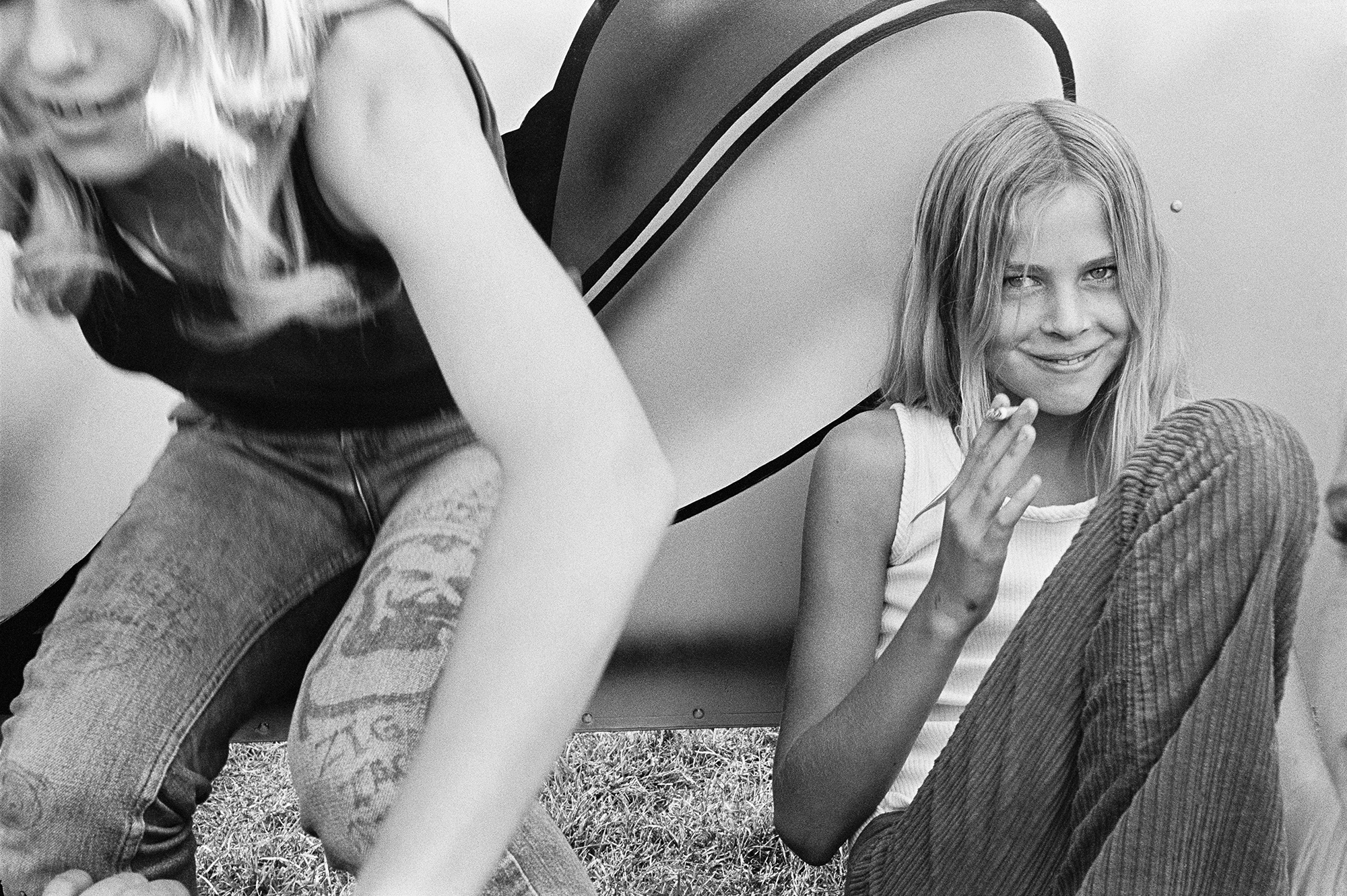
So why did Mimi return to Walnut Creek, that sad and bland place? “I remember clearly thinking when I made the work that I wanted to have my voice in the mix of photographers depicting the suburbs. The images I had seen from others did not reflect my experience of growing up in suburbia. I made pictures of sullen teenagers, like I had been, and kids running wild in the inhospitable, drought-ridden California landscape — a land both then and now of smoke and fire.”
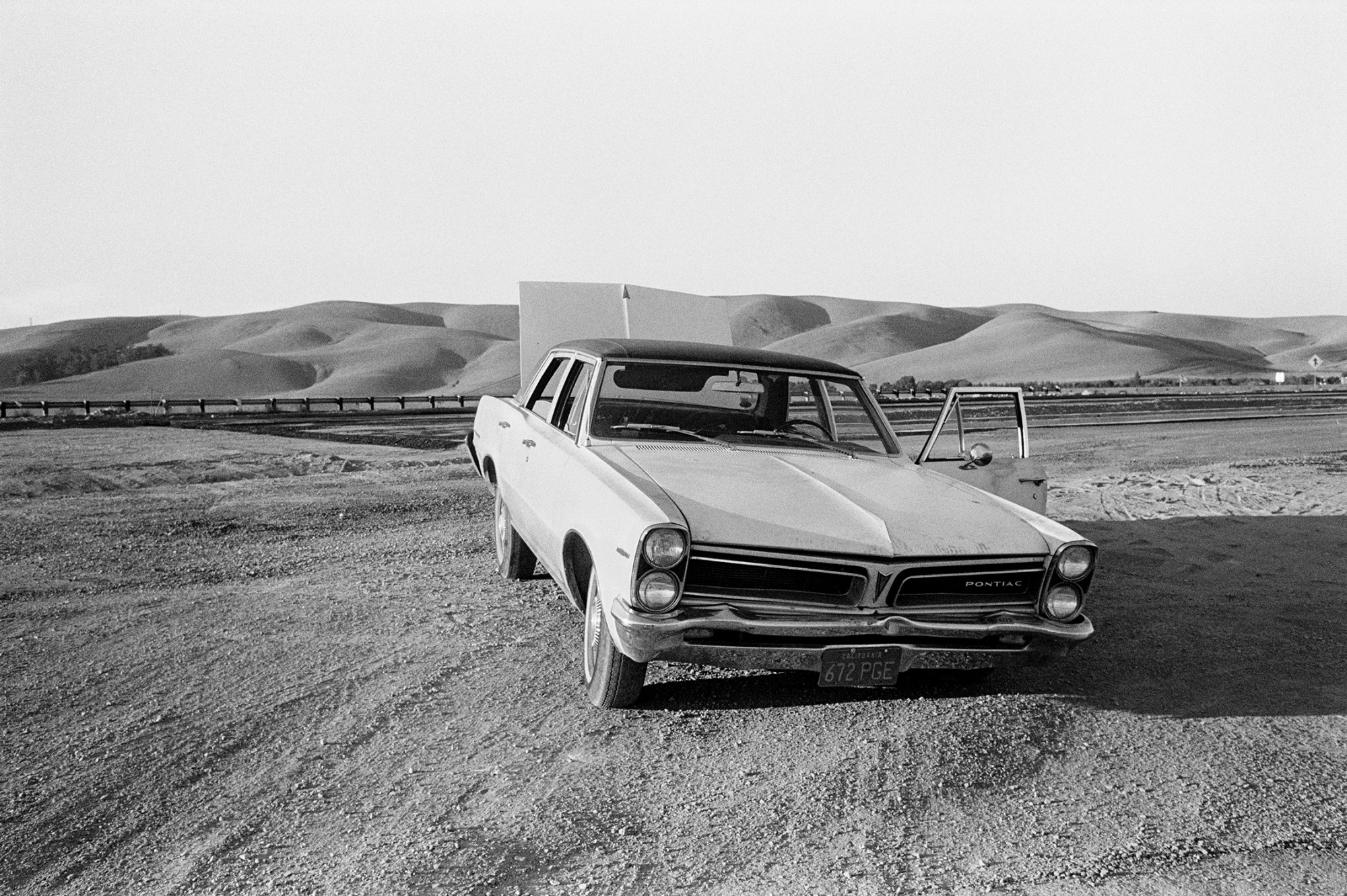
The layout of The White Sky successfully conveys the tension of making a life in a hostile landscape. At first, the book lulls you into a sense of familiarity: it’s all teens, cars and malls. But things quickly turn eerie. The images of stereotypical suburban life give way to others with a more ominous feel. In one photograph, smoke rises above a shopping centre, and a child points at it in distress. In the next, passersby look up at the white sky, yet nothing is there. Smoke recurs throughout the book: it rises from the land, and from the cigarettes perpetually dangling from the lips of teens. This layout, which Mimi called “wild, playful and unpredictable”, suggests a connection between the daily lives of individuals and the degradation of their immediate environment.
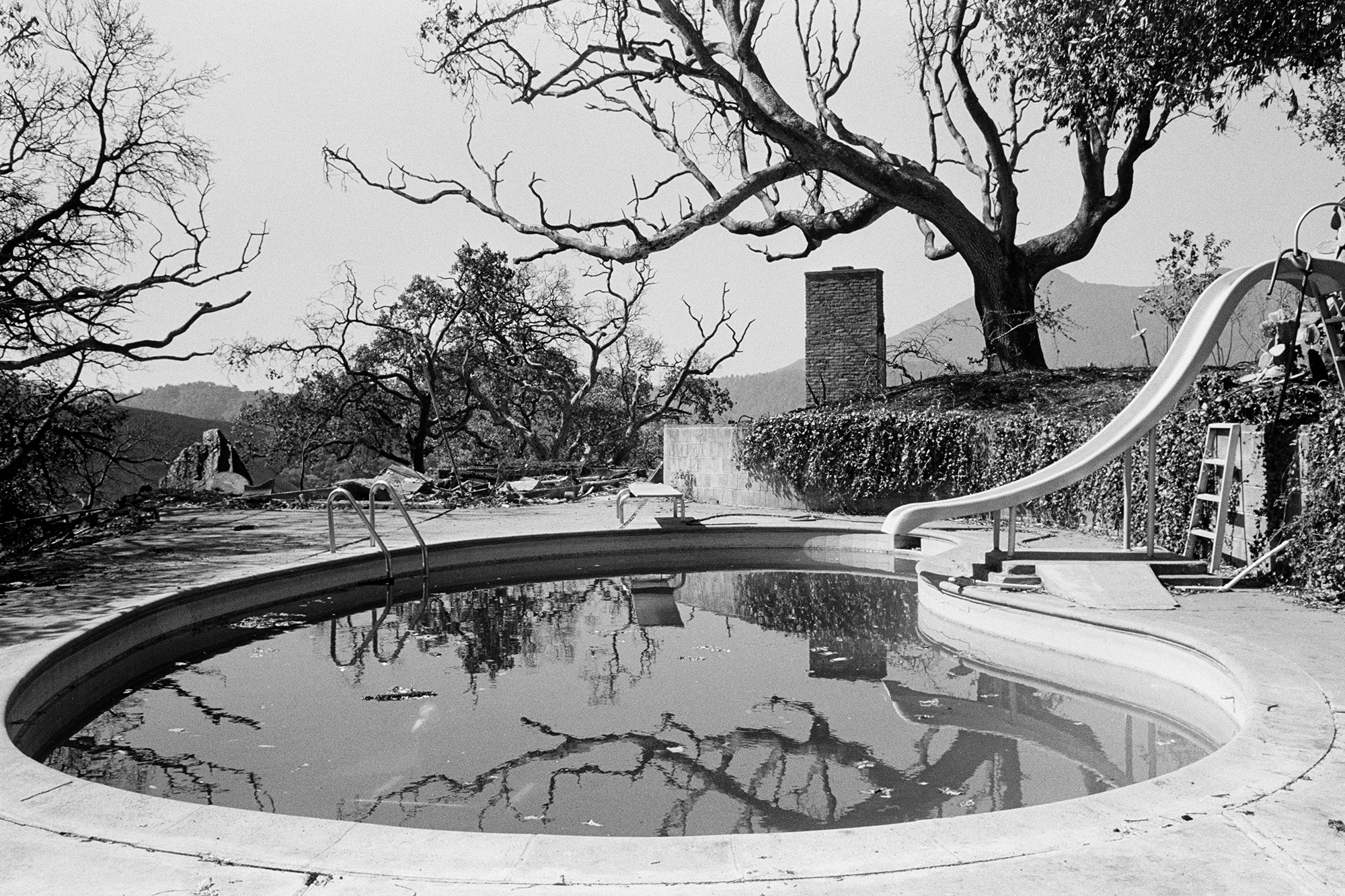
Mimi is part of a long tradition of socially engaged documentary photographers concerned with California. The White Sky is dedicated to Mimi’s mentor John Collier Jr., one of the earliest practitioners of visual anthropology, which uses images to study human and non-human behaviours. Other influences include Henry Wessel, who taught at Mimi’s alma mater the San Francisco Art Institute, as well as Larry Sultan, two assiduous photographers of suburbia and its sometimes arid, sometimes humorous aesthetic. You can see their influence in Mimi’s work, but, as Stephen McCleran wrote in the British Journal of Photography, her viewpoint is of an insider rather than an outsider passing through.
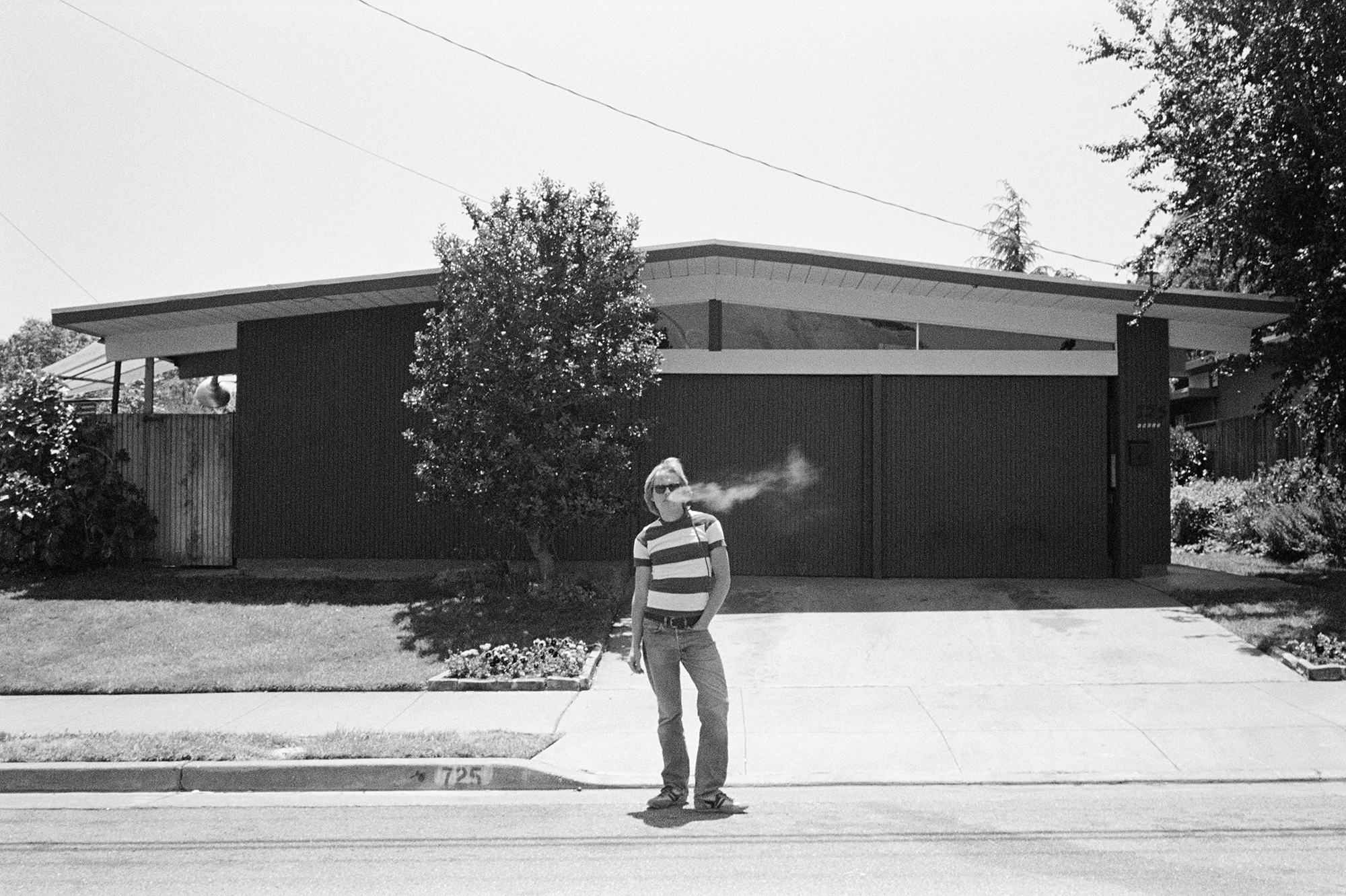
Mimi draws parallels between our current climate crisis and the photographs she took in California almost fifty years ago. “For me, the resonance is both eerie and meaningful in how the pictures I made earlier in my life are pertinent to the moment we’re living through now. The land of fire and drought that I photographed in the 1970s today is ablaze, with 28 major fires burning throughout the state. As I look outside my window in Berkeley, California, the sky is orange and we are in day 25 of unhealthy air quality due to the smoke. The American dream as embodied in the California suburbs has collided with a climate in crisis.”
Mimi Plumb’s The White Sky is published by Stanley / Barker and available now
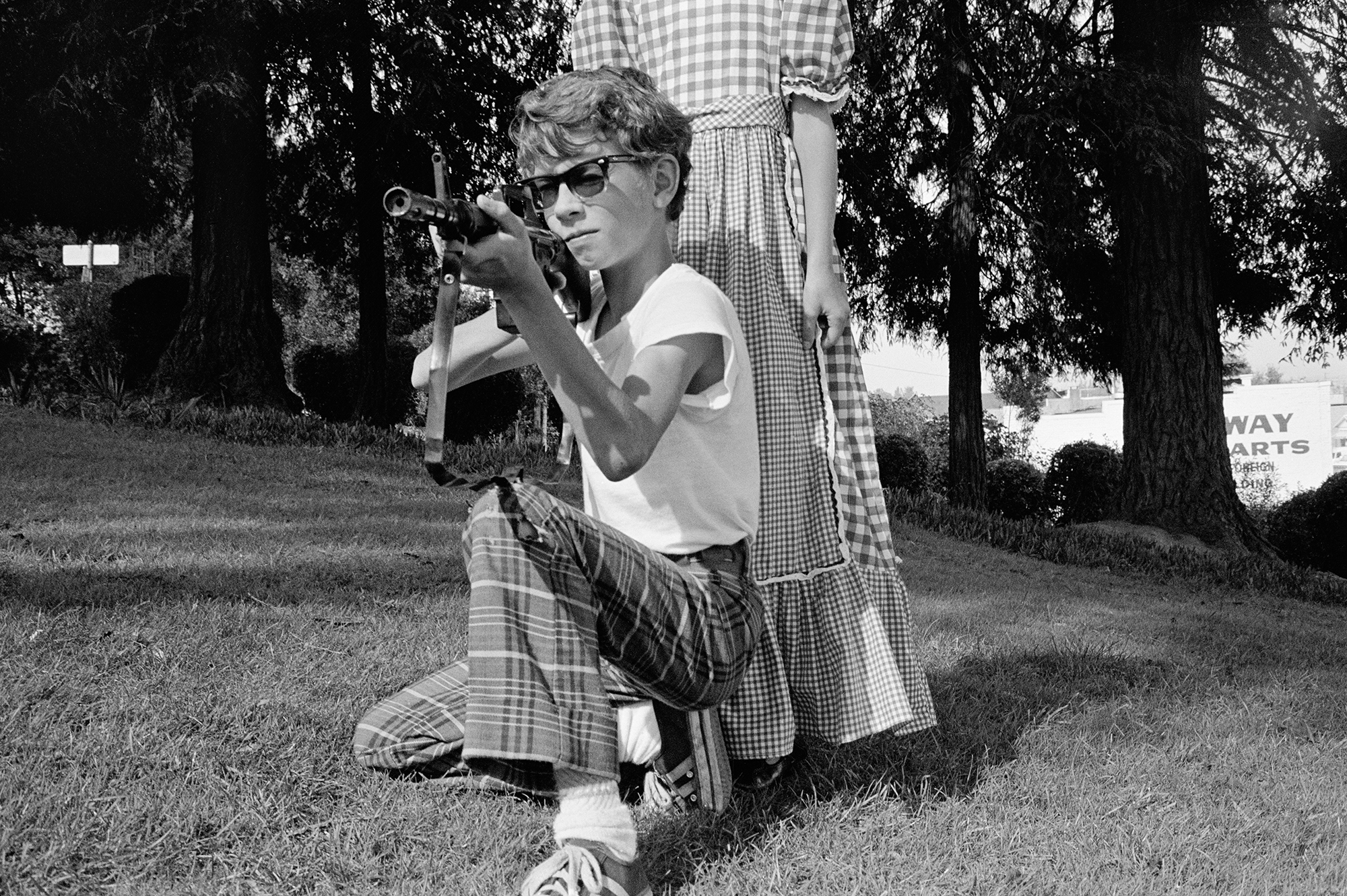
Credits
All images courtesy of Mimi Plumb and Stanley/Barker
